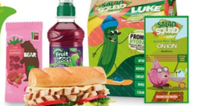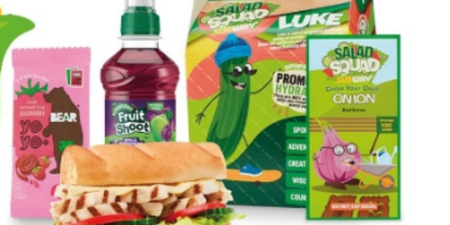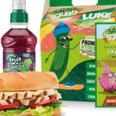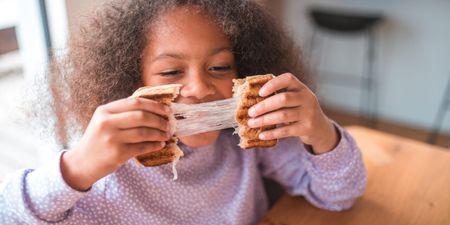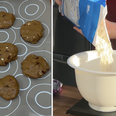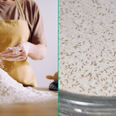Everything we thought is a lie.
You know the age old five-second rule, which lets you drop food and then pick it up within five seconds to still be able to eat it. Some people even push the boat out to ten seconds.
Well, if you do this you might want to think again.
Researchers at Rutgers University, in New Jersey, have put the rule to the test and the results are not pretty. They tested various food which fell on different surfaces to see what amount of bacteria had transferred.
Donald Schaffner, a professor and extension specialist in food science, carried out the tests and found that “moisture, type of surface and contact time all contribute to cross-contamination” and that “in some instances, the transfer begins in less than one second.”
He took four different types of food, watermelon, bread, bread and butter, and gummy sweets, and dropped them on four different surfaces, stainless steel, ceramic tile, wood and carpet. He also varied the length of time the food was left on the surface, less than one second, five seconds, 30 seconds and 300 seconds.
They used lab-grown cultures, Enterobacter aerogenes, a nonpathogenic “cousin” of Salmonella to determine their results by covering the surface with it prior to dropping the food and seeing which one transferred the most.

Of all the food types, watermelon was found to have the most contamination, while gummy sweets had the least. Speaking about the results, Donald said, “Transfer of bacteria from surfaces to food appears to be affected most by moisture. Bacteria don’t have legs, they move with the moisture, and the wetter the food, the higher the risk of transfer. Also, longer food contact times usually result in the transfer of more bacteria from each surface to food.”
Surprisingly of all the surfaces, carpet proved to have very low transfer rates compared with tile and stainless steel. He explained, “The topography of the surface and food seem to play an important role in bacterial transfer.”
Rounding off his results Donald said, “The five-second rule is a significant oversimplification of what actually happens when bacteria transfer from a surface to food. Bacteria can contaminate instantaneously.”



